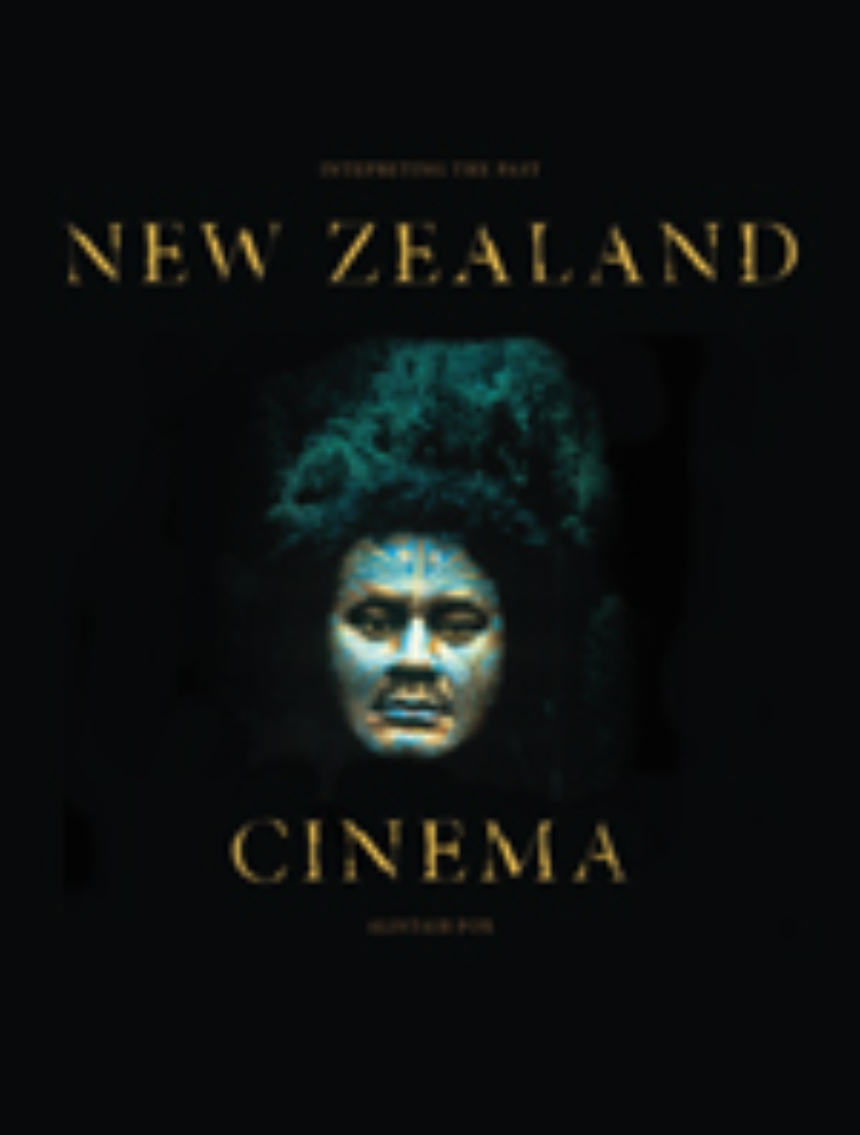New Zealand has produced one of the world’s most vibrant film cultures, a reflection of the country’s evolving history and the energy and resourcefulness of its people. From early silent features like The Te Kooti Trail to recent films such as River Queen, this book examines the role of the cinema of New Zealand in building a shared sense of national identity. The works of key directors, including Peter Jackson, Jane Campion, and Vincent Ward, are here introduced in a new light, and select films are given in-depth coverage. Among the most informative accounts of New Zealand’s fascinating national cinema, this will be a must for film scholars around the globe.
Reviews
Table of Contents
Acknowledgements
Introduction: The Historical Film in New Zealand Cinema
Alistair Fox, Barry Keith Grant and Hilary Radner
Chapter 1: Rudall Hayward and the Cinema of Maoriland: Genre-mixing and Counter-discourses in Rewi’s Last Stand (1925), The Te Kooti Trail (1927) and Rewi’s Last Stand/The Last Stand (1940)
Alistair Fox
Chapter 2: Rudall Hayward’s Democratic Cinema and the “Civilising Mission” in the “Land of the Wrong White Crowd”
Jeanette Hoorn and Michelle Smith
Chapter 3: The Western, New Zealand History and Commercial Exploitation: The Te Kooti Trail, Utu and Crooked Earth
Harriet Margolis
Chapter 4: Unsettled Historiography: Postcolonial Anxiety and the Burden of the Past in Pictures
Cherie Lacey
Chapter 5: Cross-currents: River Queen’s National and Trans-national Heritages
Olivia Macassey
Chapter 6: Tracking Tītokowaru over Text and Screen: Pākehā Narrate the Warrior, 1906-2005
Annabel Cooper
Chapter 7: Rites of Passage in Post-Second World War New Zealand Cinema: Migrating the Masculine in Journey for Three (1950)
Simon Sigley
Chapter 8: Cinema and the Interpretation of 1950s New Zealand History: John O’Shea and Roger Mirams, Broken Barrier (1952)
Barbara Brookes
Chapter 9: Re-representing Indigeneity: Approaches to History in Some Recent New Zealand and Australian Films
Janet Wilson
Chapter 10: “The Donations of History”: Mauri and the Transfigured “Māori Gaze”: Towards a Bi-national Cinema in Aotearoa
Bruce Harding
Chapter 11: History, Hybridity and Indeterminate Space: The Parker-Hulme Murder, Heavenly Creatures and New Zealand Cinema
Alison L. McKee
Chapter 12: Screening Women’s Histories: Jane Campion and the New Zealand Heritage Film, from the Biopic to the Female Gothic
Hilary Radner
Chapter 13: The Time and the Place: Music and Costume and the “Affect” of History in the New Zealand Films of Jane Campion
Estella Tincknell
Chapter 14: Mining for Forgotten Gold: Leon Narbey’s Illustrious Energy (1987)
Bruce Babington
Filmography
Bibliography
Contributors
Index
Introduction: The Historical Film in New Zealand Cinema
Alistair Fox, Barry Keith Grant and Hilary Radner
Chapter 1: Rudall Hayward and the Cinema of Maoriland: Genre-mixing and Counter-discourses in Rewi’s Last Stand (1925), The Te Kooti Trail (1927) and Rewi’s Last Stand/The Last Stand (1940)
Alistair Fox
Chapter 2: Rudall Hayward’s Democratic Cinema and the “Civilising Mission” in the “Land of the Wrong White Crowd”
Jeanette Hoorn and Michelle Smith
Chapter 3: The Western, New Zealand History and Commercial Exploitation: The Te Kooti Trail, Utu and Crooked Earth
Harriet Margolis
Chapter 4: Unsettled Historiography: Postcolonial Anxiety and the Burden of the Past in Pictures
Cherie Lacey
Chapter 5: Cross-currents: River Queen’s National and Trans-national Heritages
Olivia Macassey
Chapter 6: Tracking Tītokowaru over Text and Screen: Pākehā Narrate the Warrior, 1906-2005
Annabel Cooper
Chapter 7: Rites of Passage in Post-Second World War New Zealand Cinema: Migrating the Masculine in Journey for Three (1950)
Simon Sigley
Chapter 8: Cinema and the Interpretation of 1950s New Zealand History: John O’Shea and Roger Mirams, Broken Barrier (1952)
Barbara Brookes
Chapter 9: Re-representing Indigeneity: Approaches to History in Some Recent New Zealand and Australian Films
Janet Wilson
Chapter 10: “The Donations of History”: Mauri and the Transfigured “Māori Gaze”: Towards a Bi-national Cinema in Aotearoa
Bruce Harding
Chapter 11: History, Hybridity and Indeterminate Space: The Parker-Hulme Murder, Heavenly Creatures and New Zealand Cinema
Alison L. McKee
Chapter 12: Screening Women’s Histories: Jane Campion and the New Zealand Heritage Film, from the Biopic to the Female Gothic
Hilary Radner
Chapter 13: The Time and the Place: Music and Costume and the “Affect” of History in the New Zealand Films of Jane Campion
Estella Tincknell
Chapter 14: Mining for Forgotten Gold: Leon Narbey’s Illustrious Energy (1987)
Bruce Babington
Filmography
Bibliography
Contributors
Index

